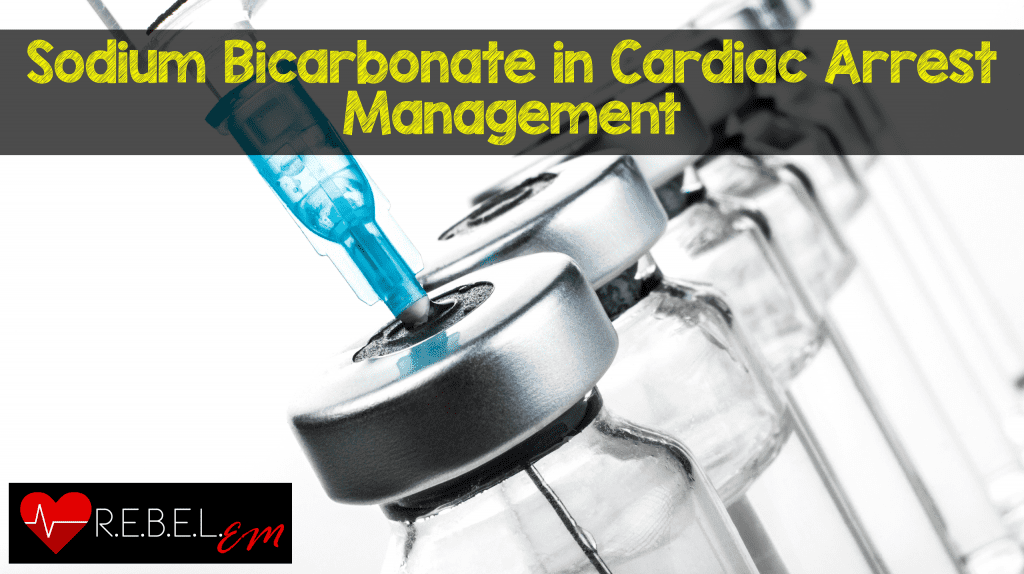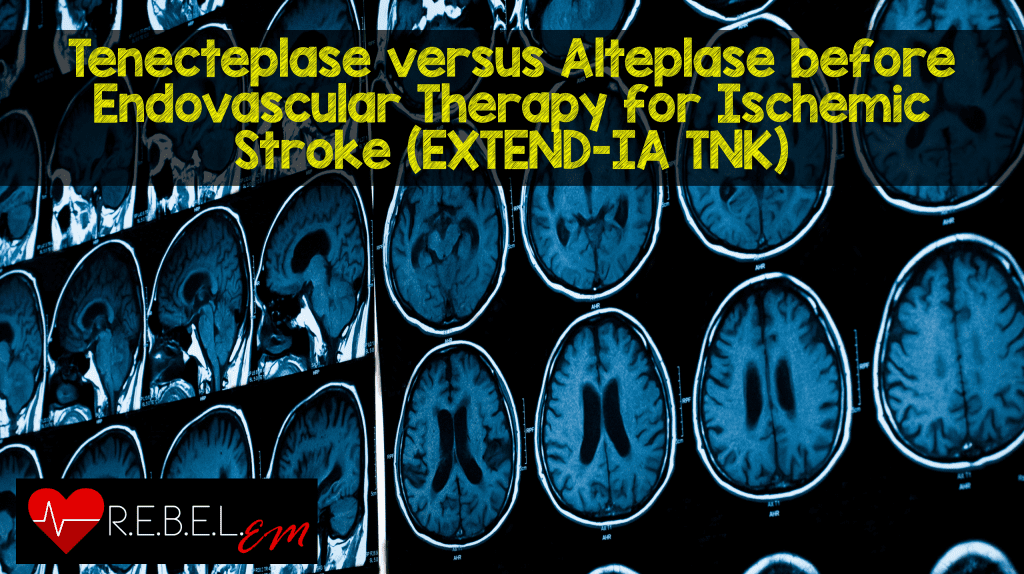Is Ketamine Contraindicated in Patients with Psychiatric Disorders?
Background: In recent years, ketamine use has dramatically increased in the Emergency Department (ED). There are four major indications for the use of ketamine in the ED: analgesia with low dose ketamine (LDK), induction for rapid sequence intubation, procedural sedation …








